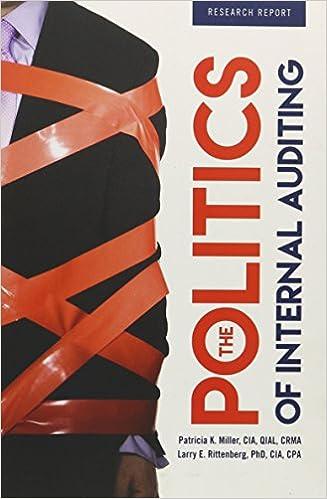Comprehensive Problem 1: The Tool Company The Tool Company, a machine tooling firm, has several plants. One plant, located in Cleveland, Ohio, uses a job order coting system for its batch production processes. The Cleveland plant has 2 departments through which most jobs pass. Plant-wide overhead, which includes the plant manager's salary, accounting personnel, cafeteria, and human resources, is budgeted at $250,000. During the past year, actual plant-wide overhead was $240,000. Each department's overhead consists primarily of depreciation and other machine-related expenses. Selected budgeted and actual data from the Cleveland plant for the past year are as follows: For the coming year, the accountants at the Cleveland plant are in the process of helping the sales force create bids for several jobs. Projected data pertaining only to job #110 are as follows: Instructions (Show your calculations for all): 1. Assume the Cleveland plant uses a single plant-wide overhead rate to assign all overhead (plant-wide and department) costs to jobs. Use expected total direct labor hours to compute the overhead rate. What is the expected cost per unit produced for job \#110? 2. Recalculate the projected manufacturing costs for job \#110 using three separate rates: one rate for plant-wide overhead and two separate department overhead rates, all based on machine-hours. 3. The sales policy at the Cleveland plant dictates that job bids be calculated by adding 40% to total manufacturing costs. What would be the bid for job =110 using (A) the overhead rate from #1 and (B) the overhead rate from #2 ? Explain why the bids differ. Which of the overhead allocation methods would you recommend and why? 4. Using the allocation rates in $2, compute the under or over applied overhead for the Cleveland plant for the year. Explain the impact on net income of assigning the under or over applied overhead to cost of goods sold rather than prorating the amount between inventories and cost of goods Comprehensive Problem 1: The Tool Company The Tool Company, a machine tooling firm, has several plants. One plant, located in Cleveland, Ohio, uses a job order coting system for its batch production processes. The Cleveland plant has 2 departments through which most jobs pass. Plant-wide overhead, which includes the plant manager's salary, accounting personnel, cafeteria, and human resources, is budgeted at $250,000. During the past year, actual plant-wide overhead was $240,000. Each department's overhead consists primarily of depreciation and other machine-related expenses. Selected budgeted and actual data from the Cleveland plant for the past year are as follows: For the coming year, the accountants at the Cleveland plant are in the process of helping the sales force create bids for several jobs. Projected data pertaining only to job #110 are as follows: Instructions (Show your calculations for all): 1. Assume the Cleveland plant uses a single plant-wide overhead rate to assign all overhead (plant-wide and department) costs to jobs. Use expected total direct labor hours to compute the overhead rate. What is the expected cost per unit produced for job \#110? 2. Recalculate the projected manufacturing costs for job \#110 using three separate rates: one rate for plant-wide overhead and two separate department overhead rates, all based on machine-hours. 3. The sales policy at the Cleveland plant dictates that job bids be calculated by adding 40% to total manufacturing costs. What would be the bid for job =110 using (A) the overhead rate from #1 and (B) the overhead rate from #2 ? Explain why the bids differ. Which of the overhead allocation methods would you recommend and why? 4. Using the allocation rates in $2, compute the under or over applied overhead for the Cleveland plant for the year. Explain the impact on net income of assigning the under or over applied overhead to cost of goods sold rather than prorating the amount between inventories and cost of goods







